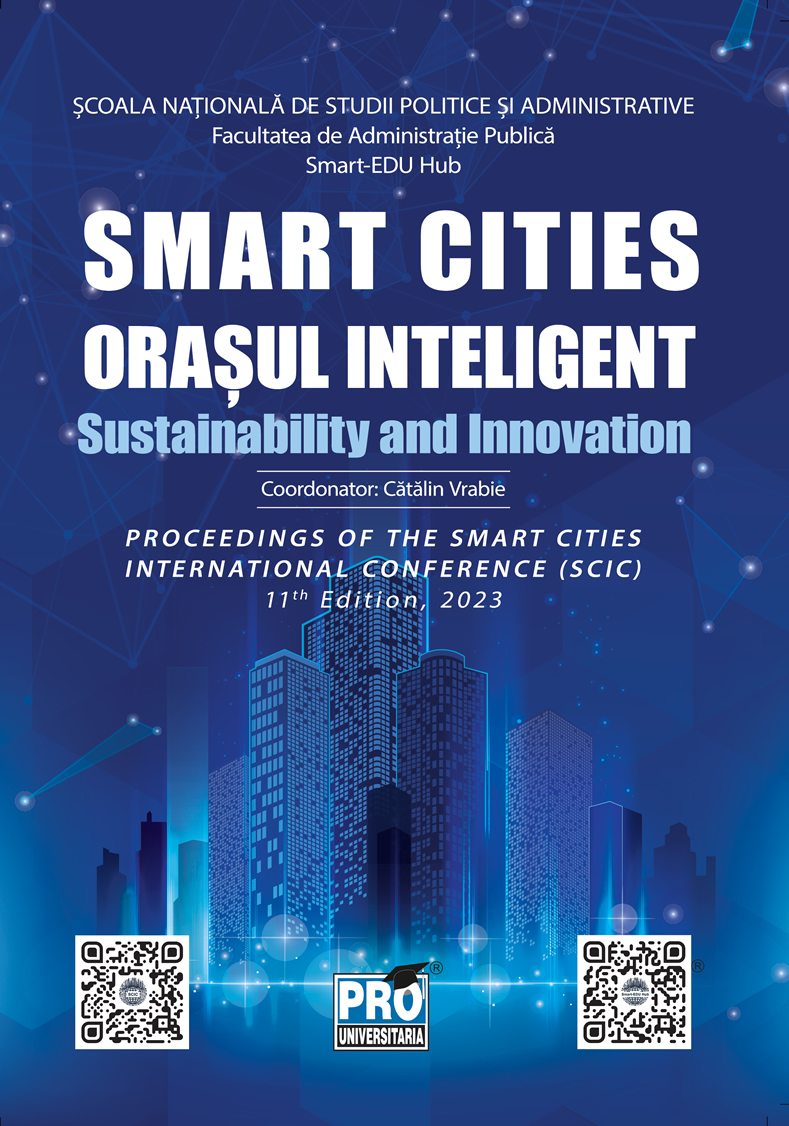Collective housing for seniors in Romania, in a paradigm ofactive and healthy ageing in community – from smartadaptation to architectural and design innovation
Keywords:
age-friendly architecture, ageing in place, apartments for seniors, research by design, interdisciplinarityAbstract
Currently, the existing collective residential fund in Romania is neither adapted nor refreshed in order to meet the needs of seniors, nor to the challenges of an ageing society. The current research aims to investigate, in the key of 2023, the ways in which architectural design in the residential sector responds to the challenges of the current Romanian society, aiming two objectives: identifying ways of adaptation and accessorization for
existing apartment-type dwellings in multi-storey residential buildings in Romania and scoring innovative design solutions for new collective housing, so as to support an active and healthy ageing in community. The
research is based on concepts such as ageing in place, ageing in community, age-friendly architecture, universal design, sustainable communities. The study involves the narrative review methodology. Using the principles of user-centered design, changes brought about by ageing are discussed in an interdisciplinary approach, specific geriatric pathology (medical doctor) and implicitly synthesized the needs of the elderly, the ways of architectural adaptation of the apartments needed by seniors (architect) and their accessorization with gerontotechnology (architect, psychologist, biologist, medical doctor) are presented in order to become a safe and engaging environment. Using research by design method, innovative assistive living facilities projects for seniors are presented, carried out with the 5th year students from IMUAU (2020 and 2022) and visions of contemporary architecture as a support for intergenerational sustainable communities in degree projects (2023).The adaptation of apartments for seniors involves interventions in: access, floors, doors, windows, lighting, spatial configuration, furniture, landmarks, decorations, color palette, visual stimulation, smart technologies. Five levels of intervention were identified: 1. labelling, signage, painting, planting; 2. assistive technologies for activities of daily living; 3. interior-exterior changes for doors, windows, floors; 4. building, accessorization,
accessibility; 5. spatial layout and structure. The costs of these interventions differ and increase from point 1 to point 5. Compared to adaptations, the ab initio design of seniors’ dwellings practiced in students’ projects offers increased comfort. The disadvantage is the need to change residence around the age of 60. Degree projects (2023) demonstrate sustainable strategic thinking at the community level, with an emphasis on architecture as a support for intergenerational relations. The research results reveal the importance of interdisciplinary teamwork and the need for a paradigm shift in the design discipline of higher architecture education. Seniors’ housing adaptation, including accessorizing with gerontotechnology, must be supervised by the architect so the results to be optimal, both in terms of comfort and aesthetics. The need for education for active and healthy ageing of the Romanian society is highlighted.The work proves the importance of residential architecture but
also of the public spaces in supporting ageing in community, optimizing opportunities for autonomy, participation and security. This research was funded through the Active and Assisted Living Programme, Project AAL-CP-2020-7-108-SI4SI-1, co-funded by the European Commission and the Romanian National IRD Funding Authority – UEFISCDI.
Downloads
Published
Issue
Section
License
Copyright (c) 2024 Mihaela ZAMFIR, Ileana CIOBANU, Andreea Georgiana MARIN, Mihai-Viorel ZAMFIR

This work is licensed under a Creative Commons Attribution-NonCommercial-NoDerivatives 4.0 International License.


